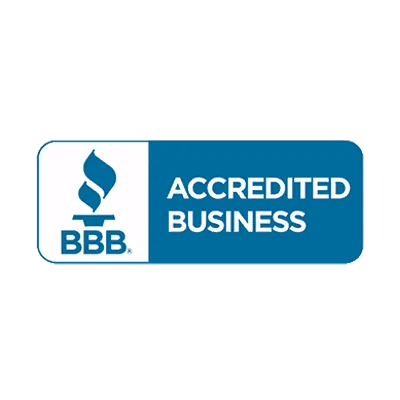Workers Exposed to Lead May Suffer a Lifetime of Health Problems
Those who work around products or materials that contain lead are at risk for occupational lead exposure. Lead may either be ingested, breathed in through the lungs, or absorbed by the skin. This toxic metal can cause a variety of health effects, depending on the level and duration of a worker’s exposure. The knowledgeable workers’ compensation lawyers at Larry Pitt & Associates, P.C. help workers get the compensation to which they are entitled for occupational lead exposure and other work-related illnesses.
GET A FREE CONSULTATION WITH LARRY PITT
Contact a Philadelphia Workers’ Compensation Attorney at Larry Pitt & Associates, P.C. for Assistance with Your Occupational Lead Exposure Claim
The Philadelphia workers’ compensation attorneys at Larry Pitt & Associates, P.C. have successfully represented clients in occupational exposure claims for over 35 years. We can help you get the benefits to which you are entitled, including medical expense and wage loss compensation. We proudly represent all types of workers in Philadelphia and throughout the state. For a free consultation, please complete our online contact form or call us at 888-PITT-LAW. Larry Pitt & Associates helps throughout:
- Lehigh County
- Lancaster County
- Northampton County
High-Risk Occupations
Certain workers are at higher risk of occupational lead exposure than others, particularly those who work with ammunition, batteries, caulk, ceramics, paint, pipes and other materials that contain lead. The Occupational Safety and Health Administration (OSHA) estimates that over one million workers in the general and construction industries are potentially exposed. Some of the occupations that put workers at risk of lead exposure include:
- Artists
- Auto mechanics
- Construction workers
- Firing range instructors
- Lead manufacturers, miners, refiners, and smelters
- Manufacturers of ammunition, batteries, bullets, ceramics, electrical components, glass, plastic, and rubber products
- Painters
- Plumbers
- Shipbuilders
- Steel welders
Symptoms of Occupational Lead Exposure
Both OSHA and the National Institute for Occupational Safety and Health (NIOSH) have set permissible exposure limits of no greater than 50 µg/m3 per eight hour period. However, according to NIOSH, studies have shown that health effects can occur from exposures much lower than this amount – as low as 10 µg/dL has been associated with impaired kidney function, hypertension, neurological effects, cognitive dysfunction, and congenital malformations.
Exposures above 60 µg/dL can result in coma, convulsions, and other acute effects as well as chronic conditions including anemia, peripheral neuropathy, and interstitial kidney fibrosis. Studies have even suggested that workers may develop stomach or lung cancer due to occupational lead exposure. Some of the more common symptoms of lead exposure experienced by workers include:
- Abdominal cramping
- Aggravation of a pre-existing condition
- Coma
- Constipation
- Fatigue
- Irritability
- Loss of appetite
- Memory impairment
- Pain or tingling in hands or feet
- Seizures
- Vomiting
- Weakness
How to Prevent Workplace Lead Exposure
The health effects from lead exposure in the workplace can be minimized by taking the appropriate safety precautions. Under the Pennsylvania Workers’ Compensation Act, employers have a duty to provide workers with safe and healthful workplaces. There are also specific OSHA standards pertaining to the general, construction, and shipbuilding industries that employers and workers must follow.
For example, workers in both the general and construction industries are required to wear respirators and employers must adhere to medical surveillance and monitoring requirements for employees who are exposed to lead above certain action levels. NIOSH provides some recommendations for keeping workers safe from lead, including:
- Encourage workers to eat and drink in lead-free areas
- Provide workers with stations to wash their hands with specially formulated NIOSH-approved wipes after exposure
- Survey the workplace and continue to monitor for lead
- Replace lead-containing products with lead-free or lower lead products
- Train workers on safe work practices
- Ensure that the workplace is adequately ventilated
- Conduct routine blood lead level testing for potentially exposed workers
- Provide workers with appropriate personal protective equipment (PPE) such as goggles, gloves, and respiratory protection
- Implement a lead monitoring program
- Contact NIOSH or the OSHA Consultation program for a free work environment assessment
Can I Get Workers’ Compensation for Lead Exposure?
The laws on workers’ compensation vary by state and lead exposure claims can be more complex than physical workplace injury cases. Therefore, it is advisable for workers suffering from occupational lead exposure to contact an experienced attorney in their local area. Pennsylvania workers may be eligible to collect workers’ compensation benefits under the Pennsylvania Occupational Disease Act (PODA). There are specific deadlines with which workers must comply, such as the 120-day filing limit, the three year statute of limitations, and the 300-week last exposure requirement.
What Our Clients Say

















